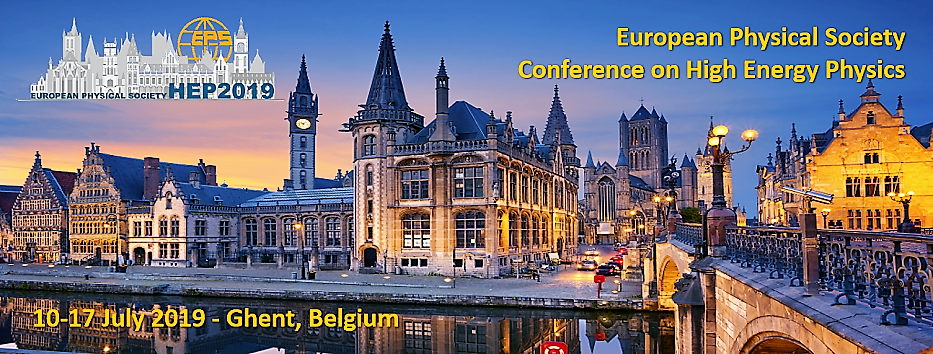Speaker
Description
The main physics goal of the MEGII experiment is to search for the ultra-rare muon decay into a photon and a positron (𝜇+ → 𝘦+ 𝛾), a sensitive tool for probing physics beyond standard model and exploring new energy scale (up few thousands TeV). The MEG experiment has set the best upper limit on the branching ratio B.R. of the 𝜇+ → 𝘦+ 𝛾 decay (B.R.(𝜇+ → 𝘦+ 𝛾) < 4.2 10-13 at 90% C.L.) and a major upgrade of the experiment (MEGII experiment), aiming at improving the sensitivity on the 𝜇+ → 𝘦+ 𝛾 decay search by one order of magnitude, is now well advanced.
In this contribution we would like to discuss the key elements of the MEGII experiment design, from MEG to MEGII.
The detector is able to sustain the most intense continuous muon beam in the world. It includes a large 900 liters LXe calorimeter based only on scintillation light, a spectrometer based on a non-uniform magnetic field map, an innovative TDAQ able to digitize waveforms up to 5 GSample/s, a lot of complementary calibration and monitoring methods and auxiliary tools.




